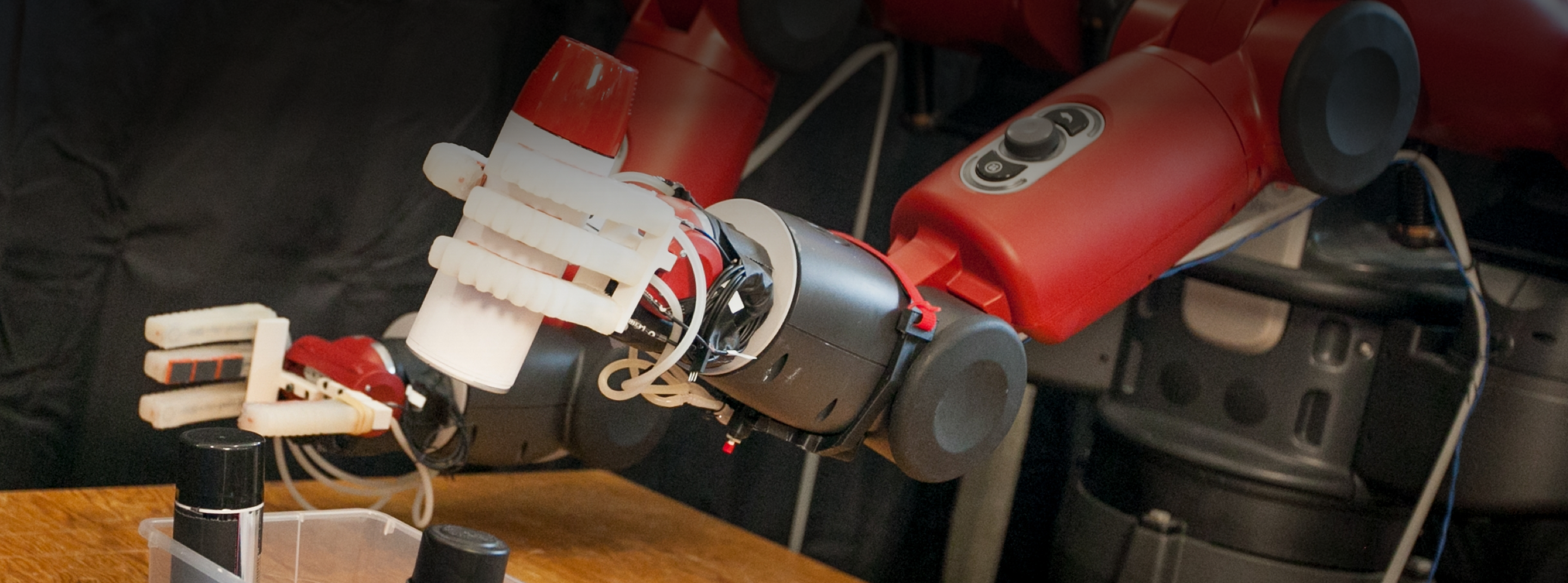Written by Matthew Busekroos | Produced by Andrew Zucosky
Sharut Gupta’s interest in pursuing a PhD at MIT CSAIL was inspired in part by the COVID pandemic. Gupta witnessed the rampant spread of the virus in her hometown, Chandigarh, a small city in Northern India, putting her family and friends at risk. As she watched researchers worldwide come together to tackle the pandemic, Gupta realized the potential of algorithms for monitoring disease spread, guiding national policies, and assisting clinical decision-making. This call to action catalyzed her decision to pursue a PhD in Computer Science at MIT.
MIT CSAIL stood out as the ideal place to pursue this vision because of its unique combination of theoretical depth and real-world impact.
“The opportunity to work alongside leading researchers who are shaping the future of Machine Learning, in an environment that values both rigor and creativity, was incredibly compelling,” Gupta said. “I feel incredibly fortunate to be part of such an inspiring community, where I can learn, grow, and work on ideas that have the potential to make a real difference.”
Gutpa is now a third-year PhD student advised by Professor Stefanie Jegelka. Before joining Prof. Jegelka’s group, Gupta did not have many opportunities to work on theoretical projects in machine learning.
“Working with Prof. Jegelka, I have learned to distill complex ideas into their core essence and approach problems with greater clarity, rigor, and precision,” Gupta said. “Her way of questioning challenges me to think more deeply, reconsider my assumptions, and refine my approach in ways I wouldn’t have on my own. ”
In Gupta’s research, she investigates mechanisms that enable the learning of rich semantic representations aligning with the priors and structures of the world, while maintaining reliable generalization across unseen data distributions. Gupta approaches this objective in the context of contrastive learning, a popular paradigm for learning from large-scale unlabeled data.
Gupta is especially interested in a field of machine learning called "contrastive learning," which is a way of teaching AI systems to recognize patterns in data by comparing similar and different pairs of information. For example, AI might compare photos of apples and oranges to understand their differences. However, traditional methods of contrastive learning rely on pre-set rules or assumptions, which can limit the system’s ability to adapt to different situations or tasks.
In a recent work, Gupta challenged the conventional design of contrastive learning frameworks and proposed Contextual Self-Supervised Learning (ContextSSL). This method allows AI to learn more flexibly by dynamically adapting to the features that matter most for a given task, without needing to retrain the system every time. In healthcare, an AI system could learn to recognize important features like a person’s gender when diagnosing conditions, but also avoid bias in other situations where gender shouldn’t affect the results.
To adapt to a given symmetry, ContextSSL requires a few transformed data pairs.
“However, in another work, we take this idea further by challenging the conventional paradigm of making predictions solely on a single test sample,” she said. “Existing methods often overlook the valuable information available in the unlabeled test data, which can significantly enhance feature learning and adaptation by revealing the test distribution. For instance, in autonomous driving, traditional perception models classify objects (e.g., pedestrians, vehicles) frame by frame, often struggling with poor lighting or occlusions. By leveraging unlabeled sensor data from the same scene, the model can better estimate the environment.”
Gupta argues that the optimal way is to train a machine that leverages its test experience—unlabeled data from the same environment—to extract relevant information from instance-level and distributional features. The group’s method, In-Context Risk Minimization (ICRM), allows training a more powerful predictor that achieves over 10% performance gains on real-world benchmarks, such as tumor prediction from histopathological images.
The ability of both ContextSSL and ICRM to flexibly adapt to different sensitive attributes and data distributions based on the task ensures fairer, more personalized, and reliable AI models, particularly in critical and high-stakes domains, such as healthcare. She said it helps prevent bias in healthcare algorithms, reduces the risk of harmful model generalizations, and improves trust in AI-driven medical decisions.
Gupta envisions a world where AI is not just a tool that mimics human activity, but a powerful extension of human intelligence—one that enhances productivity, improves decision-making, and ultimately makes life easier.
Upon graduating, Gupta’s goal is to push the frontiers of machine learning to drive meaningful impact in ways that make a real difference in people’s lives. She envisions building a team where she can continuously learn and grow while working toward her broader vision—creating machines that are not mere replications of human thought but an augmentation that complements and enhances human capabilities.
“My dream job is one that allows me to keep exploring, collaborating with brilliant minds, and transforming research into real-world solutions that benefit society.”

